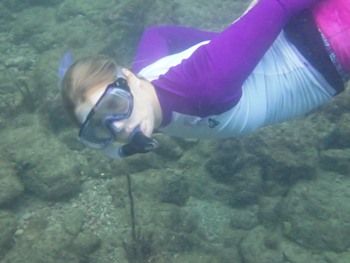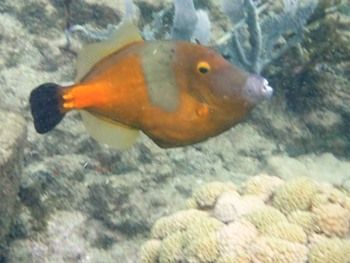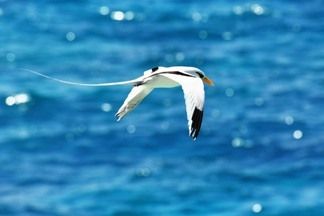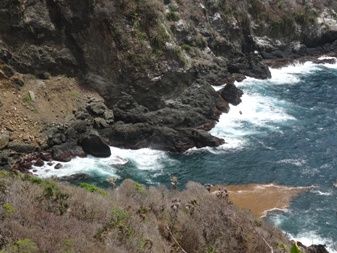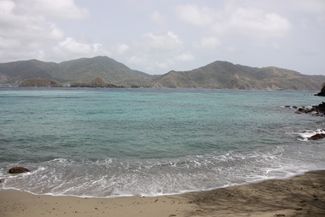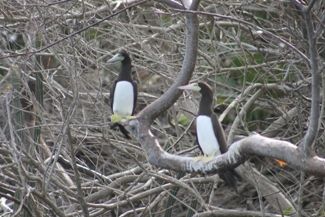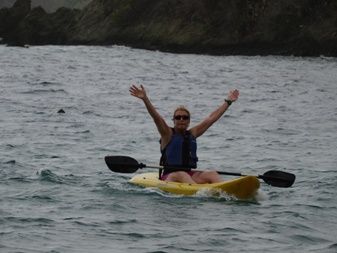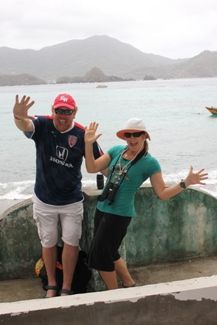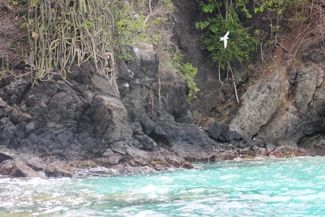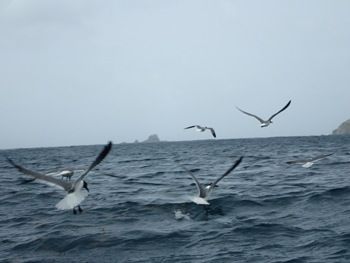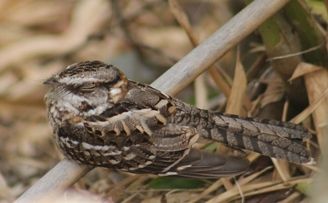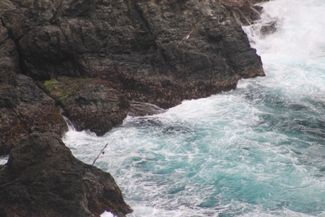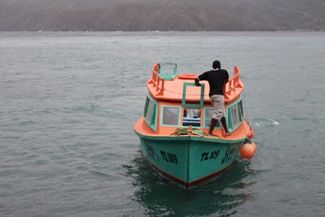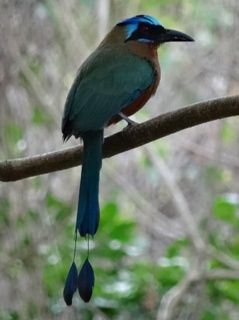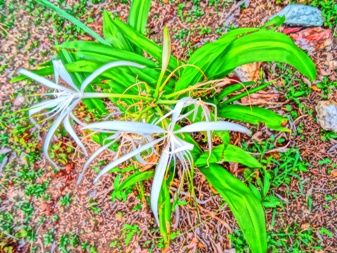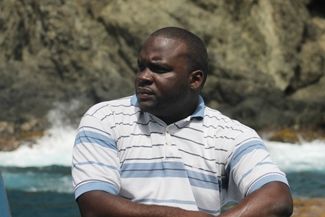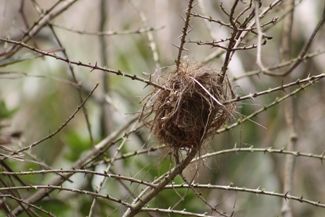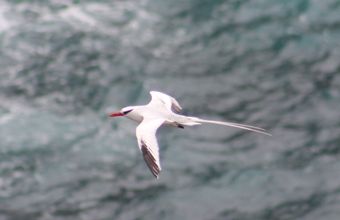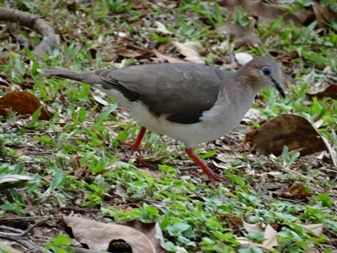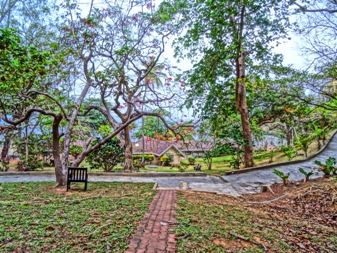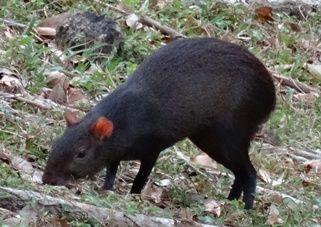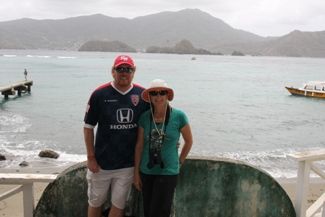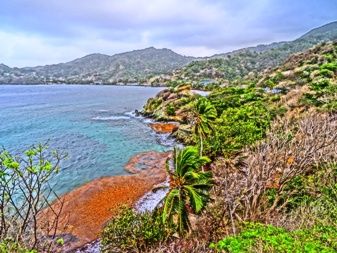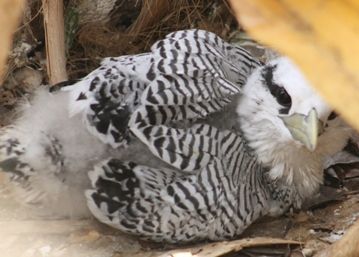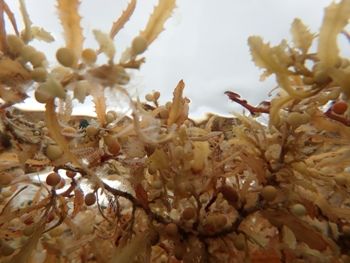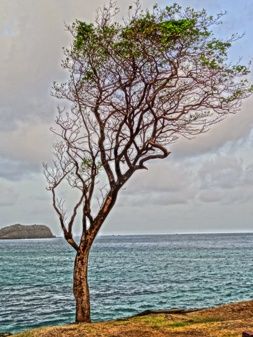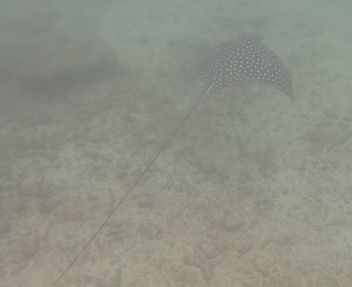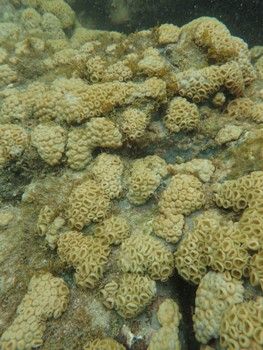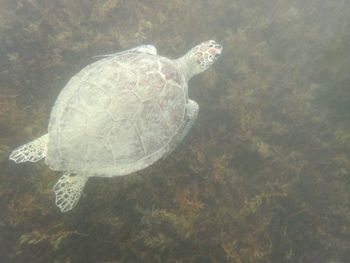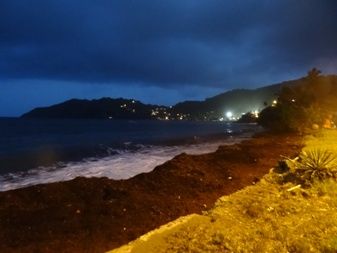Argyle Falls
June 23, 2015
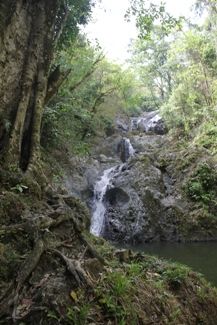

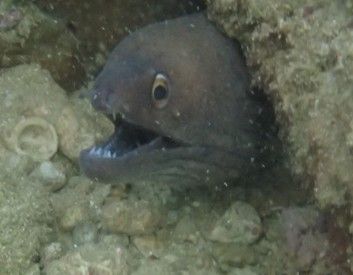
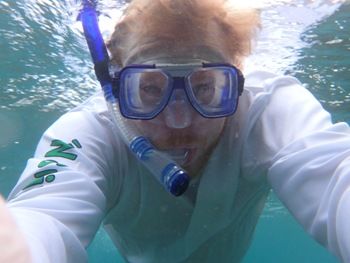
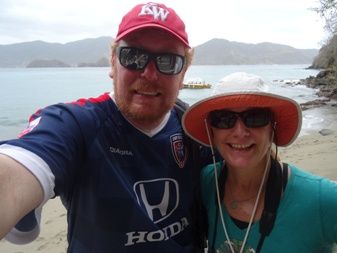
Argyle Falls
One of the nearby natural wonders of Tobago to our hotel is the Main Ridge reserve which is home to the beautiful Argyle Falls. The falls are several waterfalls connected by small pools, each suitable for swimming. The hike up was fairly easy, yet beautiful and the water was cool and refreshing as Kathy and I both jumped in for a swim in the fish filled small pool at the foot of the falls.

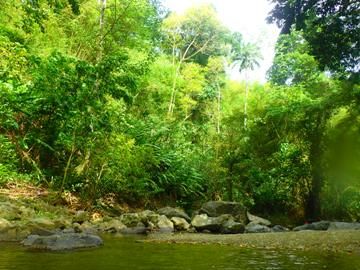
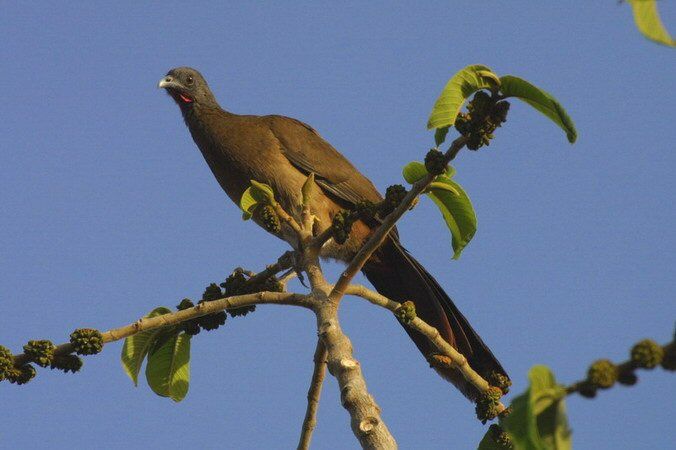
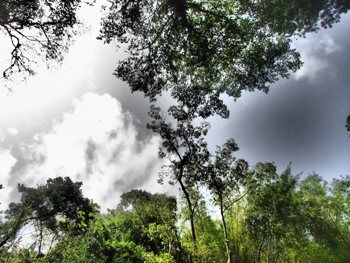
Argyle Waterfall is a scenic 25 km. drive from Scarborough, the capital of Tobago, and about 15 km. to Speyside where we were staying. The falls are on the Argyle River, just west of Roxborough Village. The trail begins 300 meters from the Windward Main Road, a short one minute drive or six minute walk. The river and falls are a part of the Main Ridge reserve, the oldest protected rainforest reserve in the western hemisphere.
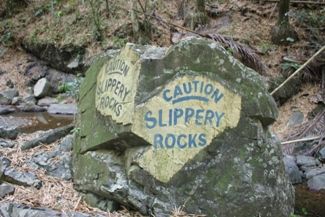
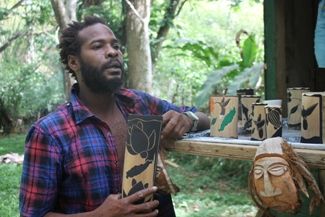
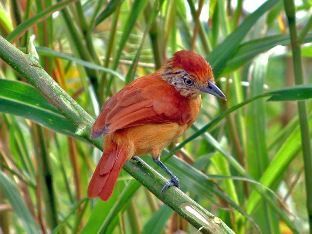
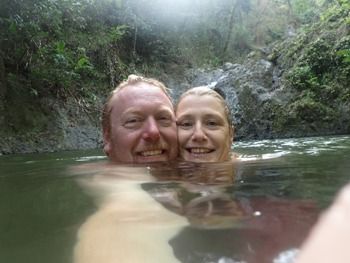
The trail abounds with a breathtaking variety of butterflies, spiders, lizards and snakes. The sound of exotic birds such as cocricos and parrots create a cacophonic orchestra of chirps as if to serenade the unspoiled beauty of this paradise. In a small marsh, miniature caimans play hide and seek between the floating water lilies. The vegetation reflects an incredible diversity and the land is a loosely knit tapestry of trees including the poui, mango, cocoa, wild pines, bois cano, silk cotton, cedar and pawpaw among others. Adding to the richness and color are bursts of wild blossoms such as orchids, mimosa and heliconia.
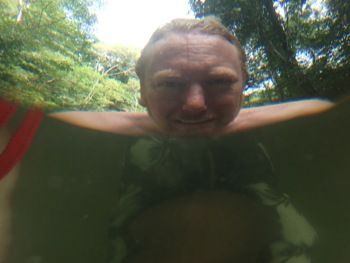
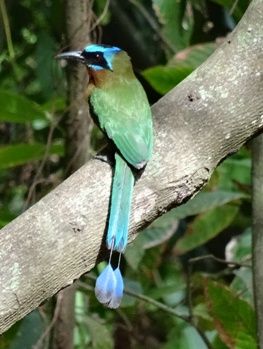
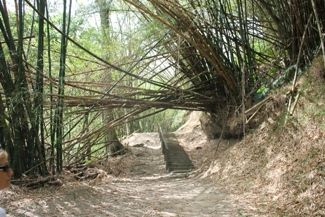
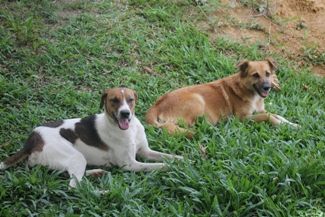
We saw all sorts of cool birds and beautiful fauna on the hike to and from the falls and the birds here seemed much less afraid of humans and allowed us to get much closer than in some other locations we visited in Trinidad and Tobago. It was really a top notch experience all around and we had a great afternoon at the falls.
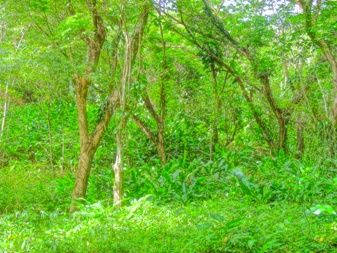
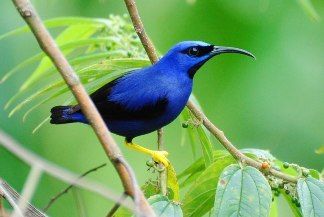
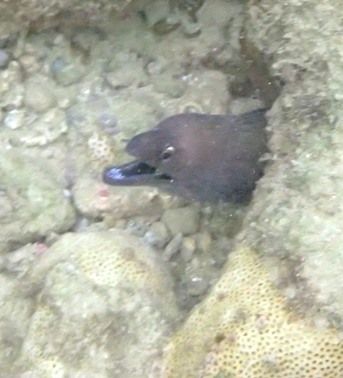
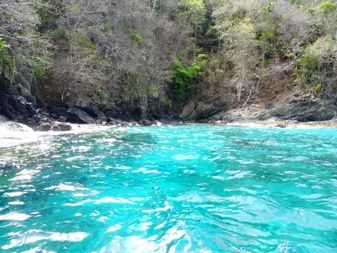
When we returned to the hotel, we opted for yet another nearshore snorkel excursion and the visibility was as good as it had been during our entire time there. We decided to tackle the opposite side of the bay and the coral growth and sealife was even more abundant in this location. We spotted more sea turtles, a cool little eel and all manner of fish and coral including a fair number that are not found in the Keys.
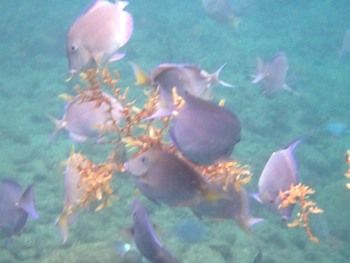

It was pretty much a perfect way to spend our last full day in Tobago, though I am sure we will be returning, perhaps as soon as this fall if Kathy has anything to say about it. We had a wonderful trip complete with incredible wildlife experiences, beautiful nature hikes, fun excursions and topped off with great food and accommodations. Even the Roti booth at the airport was exceedingly good.
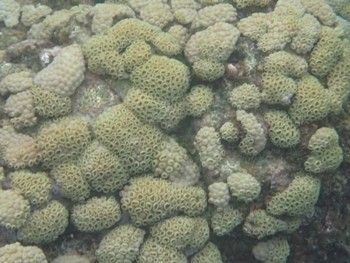
The incredible natural beauty, the kindness of the Trini people and the delightful food and beverages all in a tropical Caribbean experience is definitely a trip worth taking. We look forward to returning again, hopefully soon to take in even more of this beautiful country. In the meantime it is back to “normal” life in the Florida Keys.
